1. Food industry: It is mainly used in the food processing industry such as candy, beverages (such as beer, wine and lactic acid drinks). It is known as an absolutely safe food additive as an acid and taste regulator. It can also be used for processing and preservation of cool drinks and vegetables;
2. Pesticide industry: L-lactic acid has high biological activity, is non-toxic and harmless to crops and soil, and can be used to produce new environment-friendly pesticides, which has been vigorously promoted in Japan, the United States and other developed countries.
3. Cosmetics: It can be used as moisturizer, moisturizer, skin renewal agent, PH regulator, acne remover, and scaling remover. As the lactic acid China factory, we cooperate with many cosmetics businesses now.
4. Pharmaceutical industry: L-lactic acid is an important pharmaceutical intermediate, which can be used to produce erythromycin Ringer's solution infusion, L-calcium lactate, L-sodium lactate, L-zinc lactate, L-ferrous lactate and other lactic acid medicine, and can also be used as sterilization and lactic acid disinfectant in operating rooms, wards and laboratories
5. Tobacco industry: proper addition of L-lactic acid can improve the quality of tobacco and maintain the humidity of tobacco; Leather manufacturing: it can make leather soft and delicate, thus improving the quality of leather; Textile industry: it can be used to treat fibers, make them easy to color, increase luster and soft touch;
6. Other industries: In addition to the above uses, L-lactic acid can also be used to produce biodegradable plastics - polylactic acid and green environmental solvents - L-methyl lactate, L-ethyl lactate, etc. Quality standard for heat-resistant and food-grade L-lactic acid
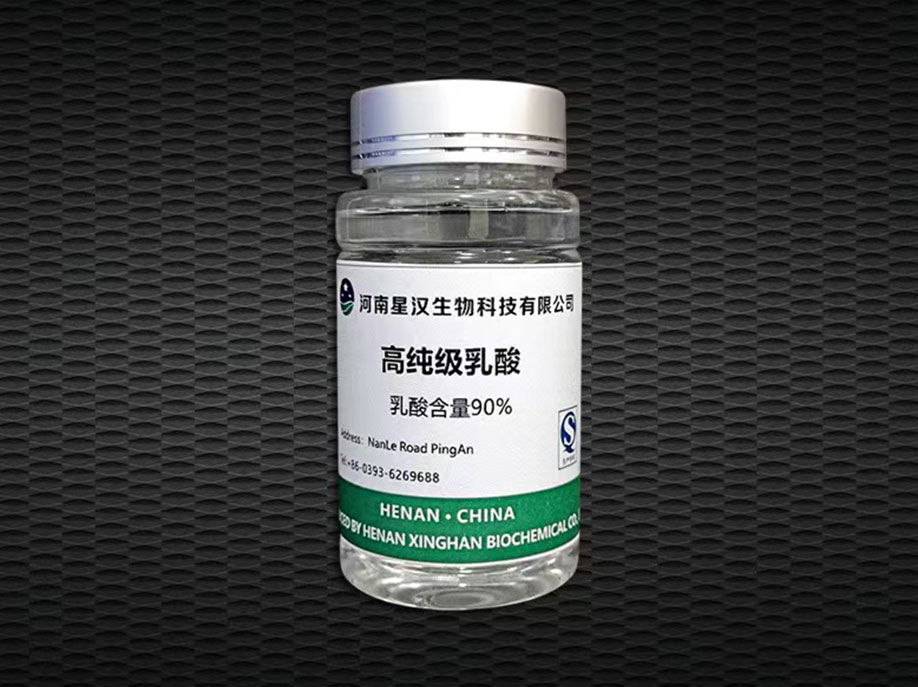
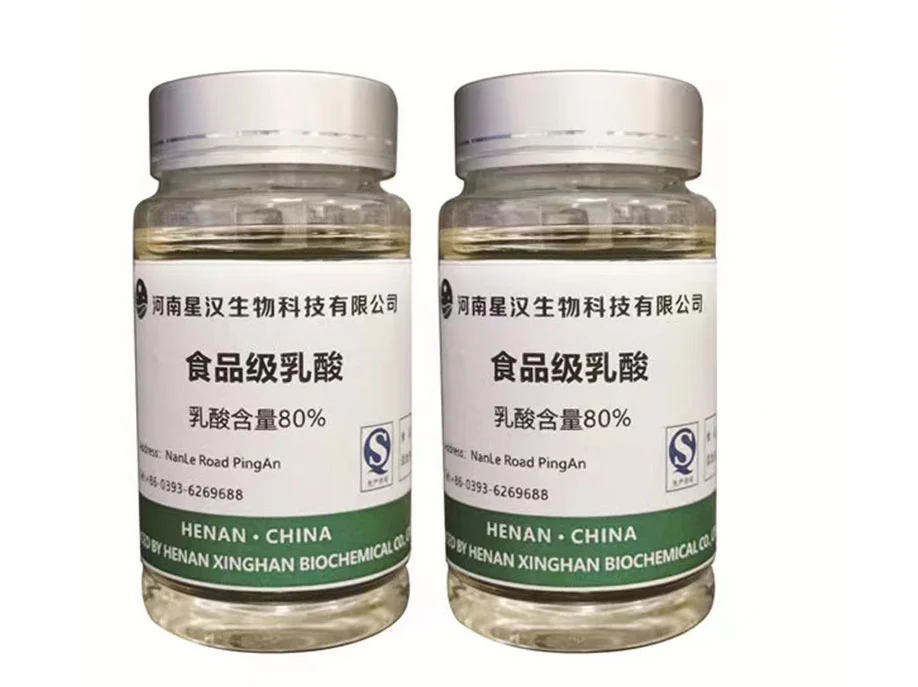
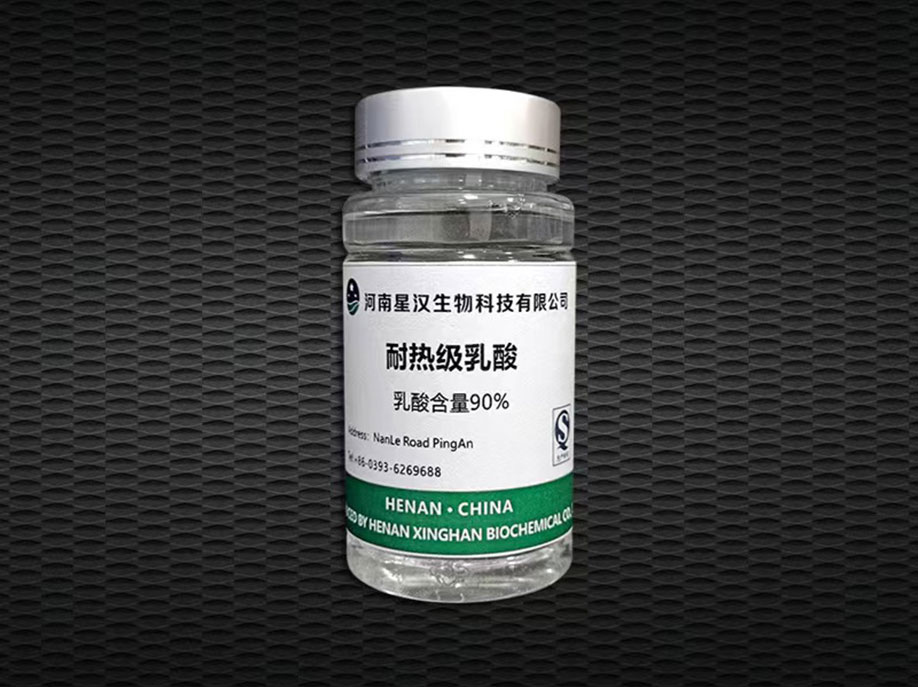
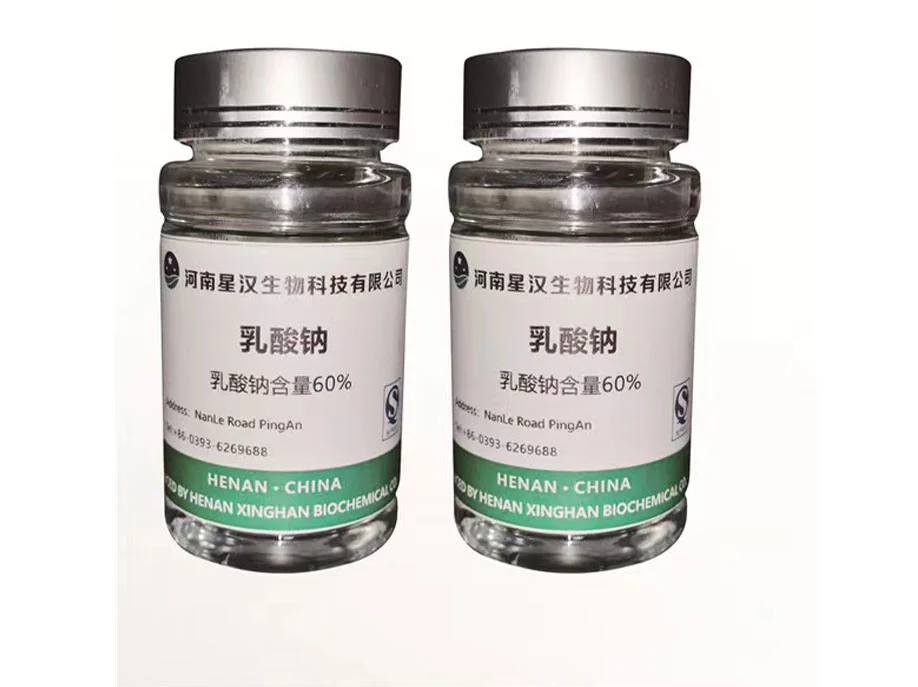
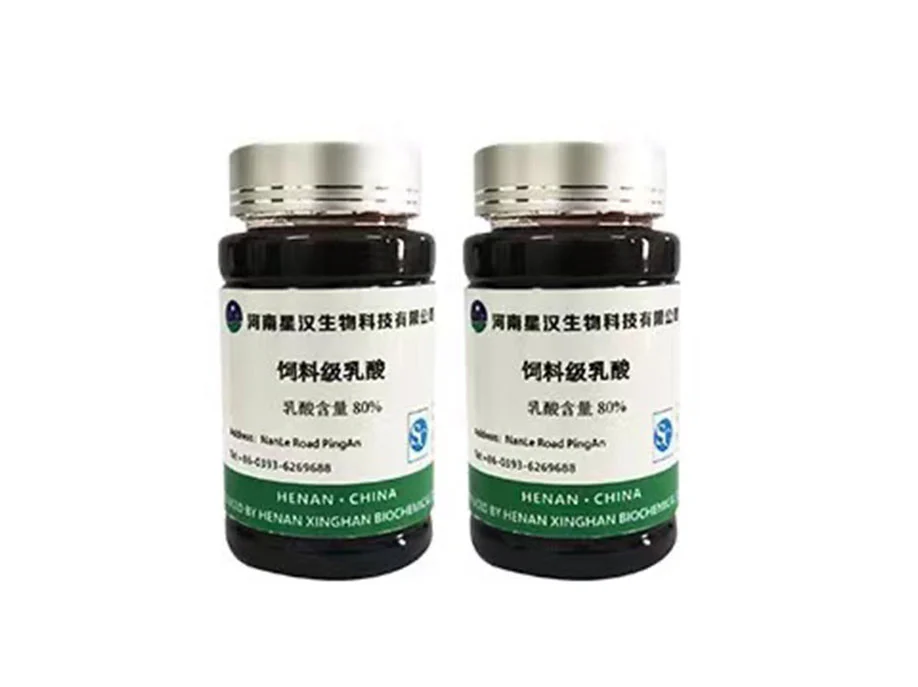
Lactic acid is used in many different industries, including the food, beverage, pharmaceutical, and cosmetic industries. In food, it is mainly used as a preservative and flavor enhancer, while in the cosmetic and pharmaceutical industries, it is commonly used as an exfoliant and skin conditioning agent. It is also used in medical settings for tissue disinfection, as a blood buffer, and for pain relief.
What is lactic acid used for? Lactic acid is an alpha-hydroxy acid (AHA) used in many skin care products. It is used to treat wrinkles, acne, hyperpigmentation, and other skin conditions.
1. Start with a small amount of lactic acid.
Begin by using a product with a low concentration of lactic acid, such as 2-5%. Start by using it once or twice a week and gradually increase the frequency as your skin gets used to it.
2. Apply lactic acid directly to the skin.
Use a clean cotton pad or applicator and gently apply the product to your skin. Avoid the delicate area around the eyes.
3. Allow the lactic acid to absorb.
Let the product sit on your skin for 10-15 minutes before rinsing it off with lukewarm water.
4. Follow up with a moisturizer.
After rinsing off the lactic acid, use a gentle moisturizer to help soothe and rehydrate your skin.5. Use sunscreen. Because lactic acid can increase your skin’s sensitivity to the sun, it is important to always use a sunscreen with an SPF of 30 or higher when going outside.
What are the uses of lactic acid in pharmaceutical area? Lactic Acid has diverse pharmaceutical uses (lactic acid medicine use), particularly due to its biocompatibility and biodegradability.
Drug Delivery Systems: Lactic acid, often in the form of polylactic acid (PLA), is utilized as a carrier for controlled drug release systems. PLA-based microparticles encapsulate drugs, enabling sustained and targeted delivery over an extended period. This approach enhances therapeutic efficacy by maintaining stable drug concentrations within the body, reducing the need for frequent dosing and minimizing side effects.
Medical Implants and Devices: Due to its biodegradability, lactic acid polymers are ideal for the manufacture of medical implants such as screws, plates, and sutures. These implants gradually degrade within the body, eliminating the need for surgical removal, thereby reducing patient discomfort and recovery time. The biocompatibility of lactic acid ensures minimal tissue irritation during and after implantation.
Tissue Engineering and Regeneration: In the field of tissue engineering, lactic acid polymers serve as scaffolds or matrices that support cell growth and differentiation. They provide a three-dimensional environment conducive to tissue regeneration, enhancing the repair and reconstruction of damaged tissues. The biodegradability of these polymers ensures that they are gradually replaced by the newly formed tissue, facilitating seamless integration and functional recovery.
As a sincere lactic acid company, Xinghan welcomes cooperation from pharmaceutical companies from all walks of life.